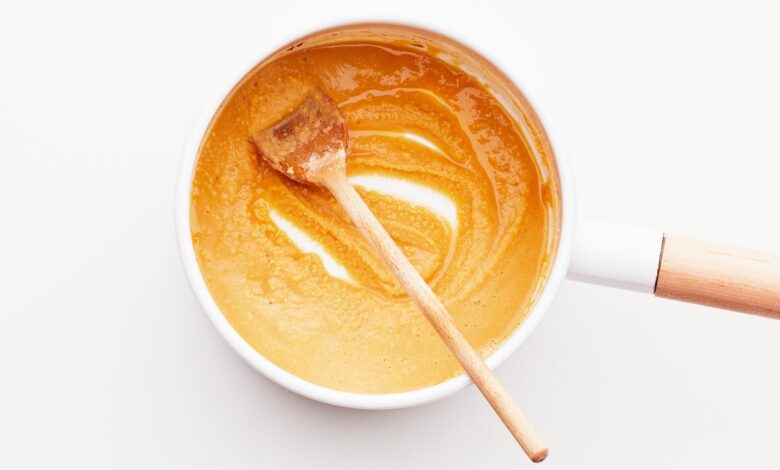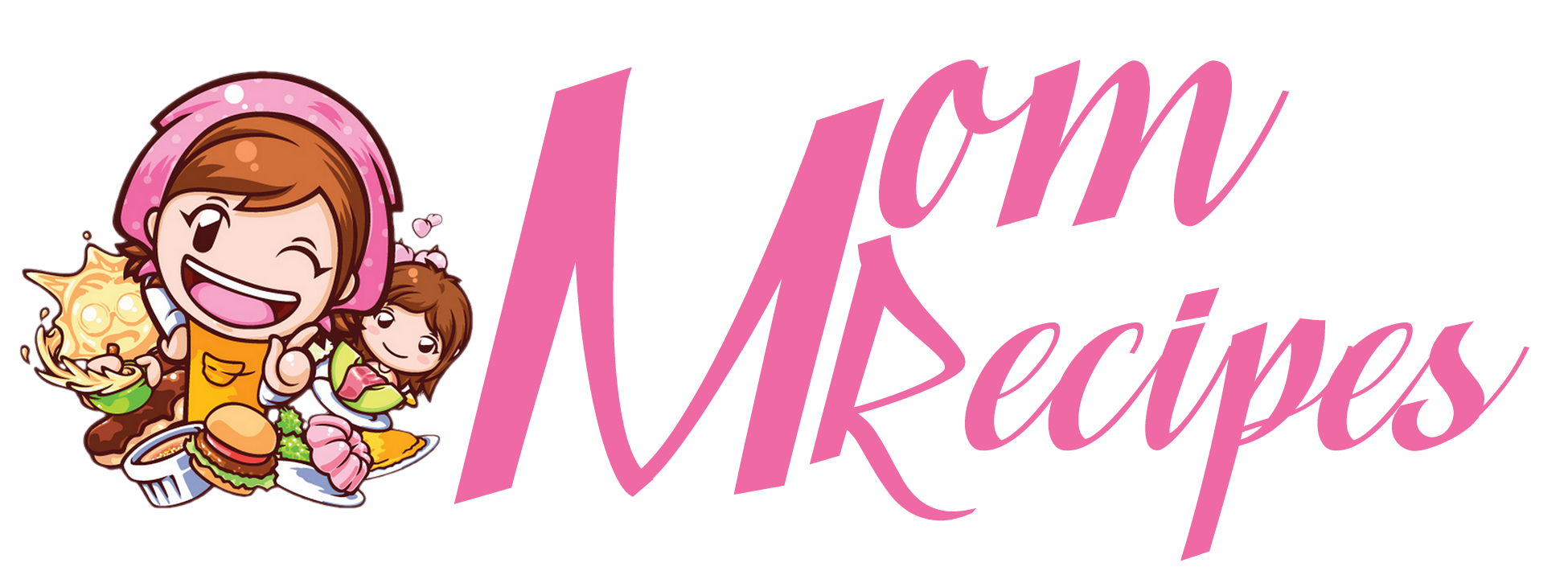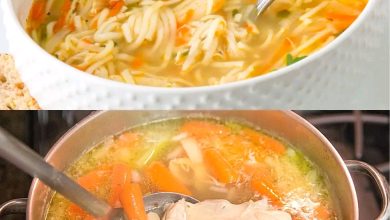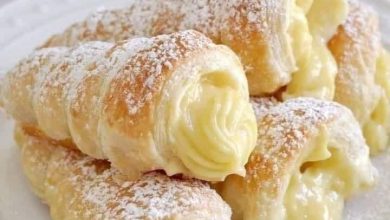
Some kitchen skills—like dicing onions, flipping pancakes, or rolling burritos—may feel tricky at first but become muscle memory pretty quickly. But in my experience, learning how to make a roux is not one of those skills. The process itself seems straightforward: Add equal parts fat and flour to a pan on medium low, then stir until uniform and the desired color has been achieved. In practice, however, my rouxs are pretty hit and miss.
Sure, sometimes I’ll nail one on the first try and be on my way to perfect gravy, béchamel, or gumbo. But then there are the times when things keep clumping together, or the mixture comes out super thin, or—worst of all—the flour just burns before it can incorporate into the fat. When that happens, I usually dump my failed attempt (along with my ego) into the trash and start over. But after messing up senior food editor Christina Chaey’s Japanese Curry recipe twice in a row, I realized I needed help from the pro. Here’s everything I learned:
What is a roux?
In the simplest terms possible, a roux is a mixture of equal parts flour and fat, cooked together over low- to medium-heat, to create a uniform thickening agent that’s deployed in saucy recipes like this extra-creamy Lasagna Bolognese, Chicken-Andouille Gumbo, and béchamel-soaked Croque Monsieur.
You have options when it comes to the fat, but more often than not, roux is made from either neutral oil (like vegetable or canola) or unsalted butter. When used in soups, sauces, and casseroles a roux provides creaminess and density, helps incorporate other fatty ingredients like cream or cheese, and generally binds things together into a cohesive finished product. And gravy, this season’s MVP, is made by adding stock and/or meat drippings to a roux.
As the silent “X” in their name implies, rouxs are common in French cuisine—used in mother sauces like béchamel and velouté—but they pop up in dishes from around the world, too. Rouxs are an essential part of Cajun cooking and are also the backbone of many Japanese curries—like Chaey’s winter squash and mushroom curry and the Golden Curry that inspired her recipe.
“If you look at the ingredients on the box [of Golden Curry], it’s pretty much just flour and oil, and then you have salt, sugar, and curry powder,” says Chaey. If you want to see the power of a well-made roux, add one of those gorgeous yellow blocks to a pot of veggie broth. It’ll disperse in seconds, turning a runny stew into a velvety, creamy sauce right before your eyes.
How do I make my rouxs better?
In Chaey’s eyes, making a good roux largely comes down to practice and intuition—but there are a couple tips that can help you get there sooner.
Trust your nose
“You want to cook the flour and the butter until there’s no raw flour smell left,” she says, comparing the telltale scent to pancake batter or biscuit dough. If you’re using butter as your fat, you’ll also pick up on the toasty, nutty scent of the milk solids browning (like when making brown butter). Once you reach that point—*notes to self*—lower the heat to avoid burning.




